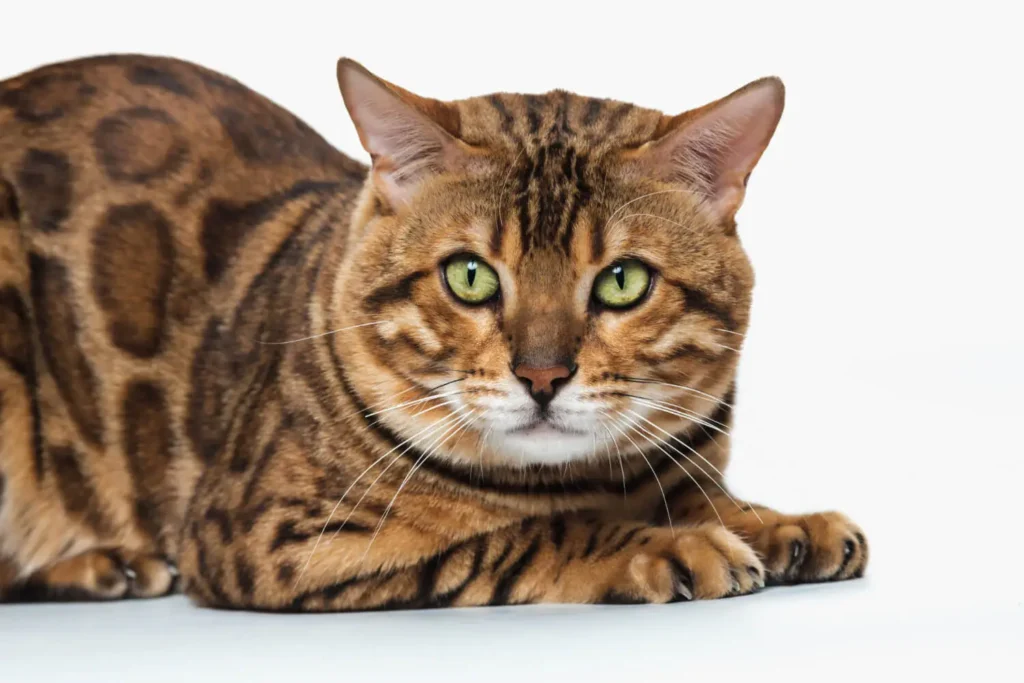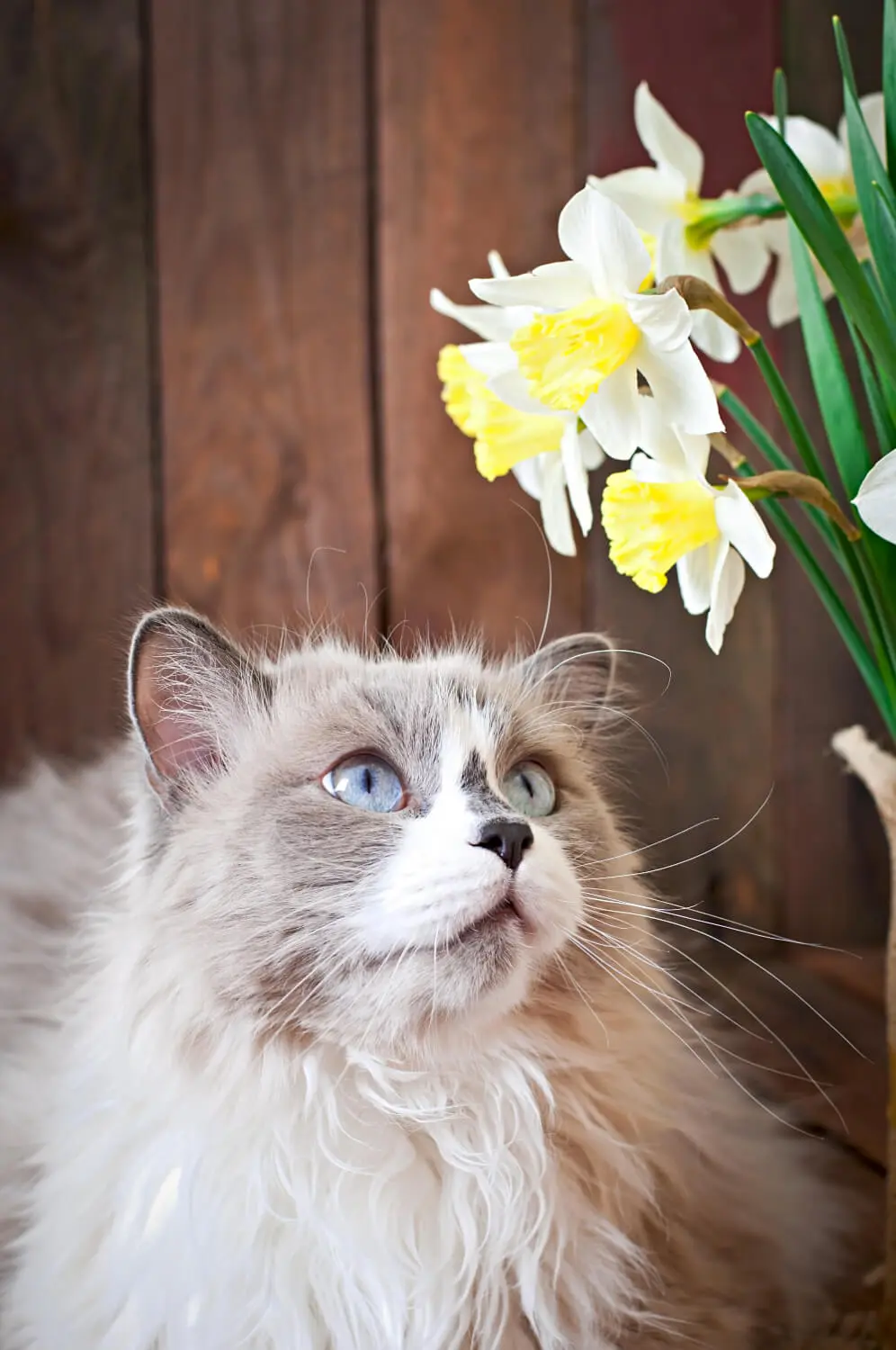Introduction
In a world where cats are often associated with cozy indoor living, there’s a growing trend toward allowing our feline friends to experience the best outdoors cats. In this article, we’ll delve into the concept of “best outdoor cats” and explore the factors to consider when deciding if your cat is suited for an adventurous life beyond the living room. Join us as we embark on a journey to understand the joys and responsibilities of having outdoor cats.
Understanding the best Outdoor Cat Lifestyle
Before we jump into the best breeds for outdoor living, let’s gain a deeper understanding of what an outdoor cat’s life entails.
Benefits of Outdoor Living
- Exploring Nature: Outdoor cats get to experience the sights, sounds, and smells of the natural world, satisfying their curious instincts.
- Physical Activity: The outdoors provide ample opportunities for exercise, keeping your cat fit and healthy.
- Reduced Boredom: Cats can become bored indoors, leading to behavioral issues. Outdoor exploration keeps their minds engaged.
Considerations and Safety
- Predators: Outdoor cats may encounter predators like coyotes or birds of prey. How can you protect them?
- Disease and Parasites: Learn how to minimize the risks of disease and parasites for your outdoor cat.
- Outdoor Amenities: Providing comfortable shelters and play areas in your yard is essential.
Best Breeds for Outdoor Living
Now that we’ve covered the basics, let’s talk about the best breeds for outdoor living. Not all cats are equally suited for this lifestyle.
Natural Adventurers-Best Outdoor Cats
Maine Coon:

ImageKnown for their size and ruggedness, Maine Coons are often confident outdoor explorers.
Bengal:

These cats have a wild heritage and enjoy outdoor activities.
Siamese:

Siamese cats are known for their curiosity and can adapt well to outdoor life.
Safety-Conscious Choices-Best Outdoor Cats
Scottish Fold:

With their unique folded ears, these cats are better suited for a supervised outdoor experience.
British Shorthair:
Image#2
Known for their calm demeanor, British Shorthairs tend to stay closer to home.
Ragdoll:

Ragdolls are gentle giants that may enjoy outdoor time if closely monitored.
Preparing Your Cat for the Outdoors
Now that you’ve chosen a suitable breed, it’s time to prepare your cat for outdoor adventures.
Training and Socialization
Leash Training:
Can your cat be leash-trained for outdoor walks?
Socializing with Other Pets:
If you have other animals, ensure they get along before outdoor excursions.
Vaccinations: Keep your cat up to date with vaccinations to protect against diseases.
Outdoor Essentials-Best Outdoor Cats
Collars and ID Tags:
Ensure your cat wears a collar with ID tags containing your contact information.
Microchipping:
Consider microchipping for added security in case your cat gets lost.
Conclusion
In conclusion, the decision to let your cat become an outdoor enthusiast should be made thoughtfully. While outdoor living can be enriching for your feline companion, it comes with responsibilities and potential risks. Choosing the right breed, providing necessary safety measures, and continuous supervision are key to ensuring your cat’s safety and happiness in the great outdoors.

This was a very informative article. The author’s insights were well-articulated and thought-provoking. I’m eager to hear what others think about these ideas. Any thoughts?